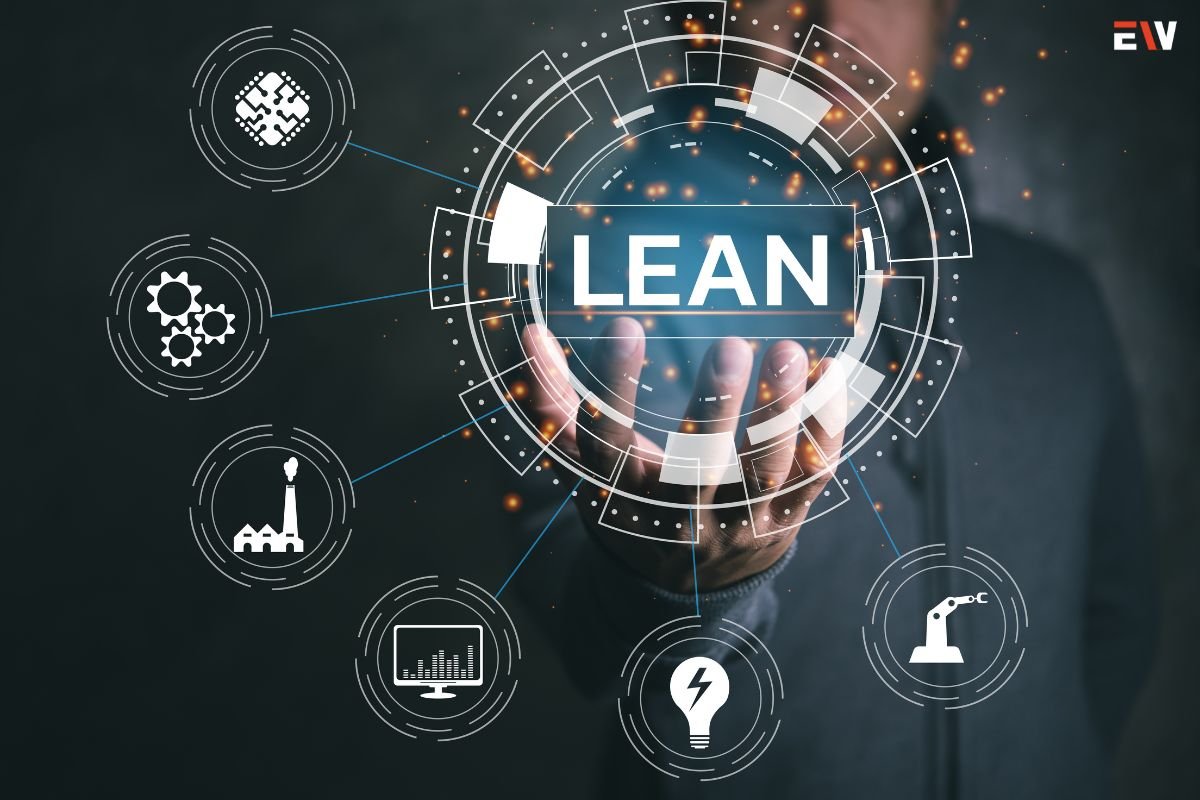In the pursuit of organizational excellence, the continual improvement process stands as a cornerstone, fostering a culture of innovation, efficiency, and adaptability. Rooted in the philosophy of continuous learning and enhancement, this process empowers organizations to identify, evaluate, and implement opportunities for improvement across all facets of their operations.
In this comprehensive guide, we unravel the essence of the improvement process, exploring its principles, methodologies, and transformative impact on organizational performance and growth.
Understanding the Continual Improvement Process:
The continual improvement process, also known as continuous improvement or continuous quality improvement (CQI), is a systematic approach to enhancing organizational performance, products, processes, and services over time. It involves a cyclical series of activities aimed at identifying areas for improvement, implementing changes, measuring outcomes, and reflecting on results to inform further enhancements. Rooted in the principles of total quality management (TQM), lean management, and Six Sigma, the improvement process emphasizes the pursuit of excellence through incremental and sustained progress.
Key Components:
1. Identifying Opportunities for Improvement
The first step in the continual improvement process involves identifying areas within the organization that could benefit from enhancement. This may include analyzing customer feedback, conducting process audits, performing root cause analyses, and benchmarking against industry standards and best practices to uncover opportunities for optimization.
2. Setting Improvement Goals and Objectives

Once opportunities for improvement have been identified, organizations set specific, measurable, achievable, relevant, and time-bound (SMART) goals and objectives to guide their improvement efforts. These goals align with the organization’s strategic priorities, customer requirements, and performance metrics, providing a clear direction for improvement initiatives.
3. Implementing Improvement Initiatives
With goals and objectives in place, organizations develop and implement improvement initiatives aimed at addressing identified gaps and opportunities. This may involve redesigning processes, implementing new technologies, providing training and development opportunities for employees, or fostering a culture of innovation and collaboration within the organization.
4. Monitoring and Measuring Performance
Throughout the improvement process, organizations monitor and measure performance using key performance indicators (KPIs), metrics, and performance dashboards. This enables them to track progress, identify trends, and evaluate the effectiveness of improvement initiatives in achieving desired outcomes.
5. Analyzing Results and Making Adjustments
After implementing improvement initiatives, organizations analyze results, compare actual performance against targets, and assess the impact of changes on organizational effectiveness and efficiency. Based on this analysis, they identify lessons learned, celebrate successes, and make adjustments as needed to further optimize processes and outcomes.
Principles of the Improvement Process:
1. Customer Focus
The continual improvement process is driven by a commitment to meeting and exceeding customer expectations. Organizations prioritize customer needs, preferences, and feedback, using them as a guiding force for improvement initiatives.
2. Data-Driven Decision-Making

Data and evidence play a central role in the improvement process, guiding decision-making and informing improvement efforts. Organizations collect, analyze, and interpret data to identify trends, patterns, and opportunities for improvement.
3. Employee Engagement and Empowerment
Employees are essential stakeholders in the continual improvement process, as they possess valuable insights, expertise, and frontline experience. Organizations engage and empower employees by involving them in improvement initiatives, soliciting their input, and recognizing their contributions to organizational success.
4. Iterative and Incremental Progress
The continual improvement process is iterative and incremental, with organizations making small, incremental changes over time to achieve continuous enhancement. This approach allows organizations to adapt to changing circumstances, experiment with new ideas, and learn from both successes and failures.
Benefits of the Continual Improvement Process:
1. Enhanced Efficiency and Effectiveness
By systematically identifying and addressing areas for improvement, organizations streamline processes, eliminate waste, and enhance operational efficiency and effectiveness.
2. Improved Quality and Customer Satisfaction

The improvement process results in higher-quality products, services, and experiences, leading to increased customer satisfaction, loyalty, and retention.
3. Innovation and Adaptability
Organizations that embrace the improvement process foster a culture of innovation, creativity, and adaptability, enabling them to respond proactively to market changes, customer needs, and emerging trends.
4. Employee Development and Engagement
Engaging employees in the improvement process promotes professional development, job satisfaction, and a sense of ownership and accountability for organizational success.
Conclusion
The continual improvement process serves as a catalyst for organizational excellence, driving ongoing innovation, efficiency, and adaptability. By embracing a systematic approach to identifying, evaluating, and implementing opportunities for improvement, organizations can enhance their performance, achieve strategic objectives, and sustain long-term success in an increasingly competitive and dynamic environment. As organizations continue to evolve and grow, the improvement process remains a vital tool for driving continuous enhancement, fostering a culture of excellence, and maximizing value for customers, stakeholders, and employees alike.









